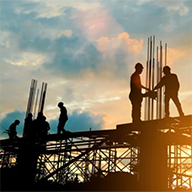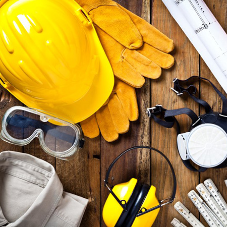When it comes to surveying your site before renovation works, accuracy is key. Knowing where the issues are is only one aspect of planning the renovation works; you also need to be aware of the type of damage before setting a budget.
In the last few years, the use of aerial drones has become more commonplace in the construction industry. Many companies are finding that drones can play a vital role in their work. Whether they’re used for surveying, showing clients an aerial overview of completed projects, monitoring jobsites to ensure safe practices or inspect structures, drones have the potential to become as important a tool to the industry as any piece of yellow iron.
Aerial roof surveys are most commonly required by roofing professionals in domestic situations, although they can also be used efficiently by architects, property developers and insurance companies. Drones can help bring a unique perspective by providing a third, vertical dimension and accessing places previously cost-prohibitive with minimum impact.

There are several benefits of using a drone: there’s the reduced health and safety risk to boot; there are no people, plants or other obstructions up in the air. There’s also the aspect of minimal disruption; unlike a cherry picker or scaffolding that may obstruct an entrance or occupy parking spaces, a safe zone can be established away from the building. And because no cherry pickers or scaffolding is needed, survey times can be drastically reduced.
But the greatest benefit in using drones must be access. In some circumstances it may not be physically possible to use a cherry picker or scaffolding to reach a roof or high-level elevation due to access or weight constraints, which could result in very high costs. Using drones can therefore also be cost-effective compared to other, more traditional methods of surveying.
However, weather can play havoc on drones, and it’s not advisable to fly a drone in strong or gusting winds. The wind can push the drone off course and if they strike a tree or building, you could be looking at a replacement or potentially worse. You also need to be aware of the issues around flying drones on a commercial basis, and the responsibilities with regard to flight safety and maintenance procedures, and the understandable issues around privacy.

What do you think? Are drones the way forward in surveying construction sites? Take part in the discussion on our Linkedin post.















